WE DO. Romancing the Bridal Market.

By Danielle Salman
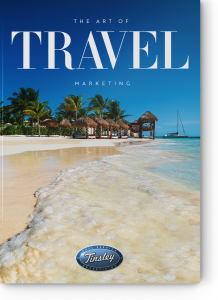
Every little girl dreams of her big day. She’s finally engaged to the man of her dreams, and then reality hits: it’s time to plan a wedding. In the days of a never-ending stream of content, where does the bride actually begin to plan her fairytale wedding?
It used to be, you and mom would simply grab dad’s checkbook and pay a visit to Franck the wedding planner…and then just keep paying and paying and paying. But the world has changed a lot in one generation. TV shows like “The Bachelorette” and “Bridezillas” have transformed a once-traditional industry into a virtual free-for-all. We’ve gone from a struggle to keep up with The Jones’ to “Keeping up with The Kardashians”, overnight. Today’s brides are anything but predictable and cookie-cutter. They’re looking for something unlike anything they’ve ever experienced. They want different, exciting, fun…total wow factor. Whether it’s an extravagant soiree, intimate affair or off-the-beaten-path nuptials, the bride and groom want their guests to walk away saying, “wow, that was an amazing wedding.”
Just as today’s bride is untraditional, so, too, should be the marketing approach to reach this niche market. While continuing to place ads in established media like print and television remain important, the approach should also have a heavy focus on mobile and social efforts. After all, the Millennial market is constantly connected to their devices. She may be giving her hand in marriage, but her eyes and ears all belong to Apple and Android. Mobile has become imperative for “on the go” couples. Between lunch breaks, at work and on commutes, brides find any excuse to continue researching via mobile.
When searching for venues, vendors or inspiration for the
big day, brides also turn to social platforms like Facebook, Instagram and Pinterest. These accessible resources have replaced the maid-of-honor as the bride’s true BFF, and have dramatically changed how she discovers where to host her wedding or where to find new ideas. According to Pinterest, 81% of engaged Pinners started planning on Pinterest before even getting engaged. Think about that. Today’s brides are confiding with Pinterest more than with their beloved. Crazy.
From venue inspiration to customizable experiences, those brands that properly align their platforms to appeal to the bridal community have the opportunity to be a part of each bride’s journey. Do you accept this rose?

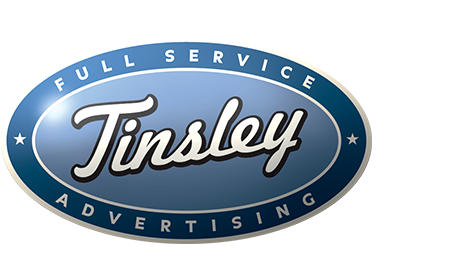







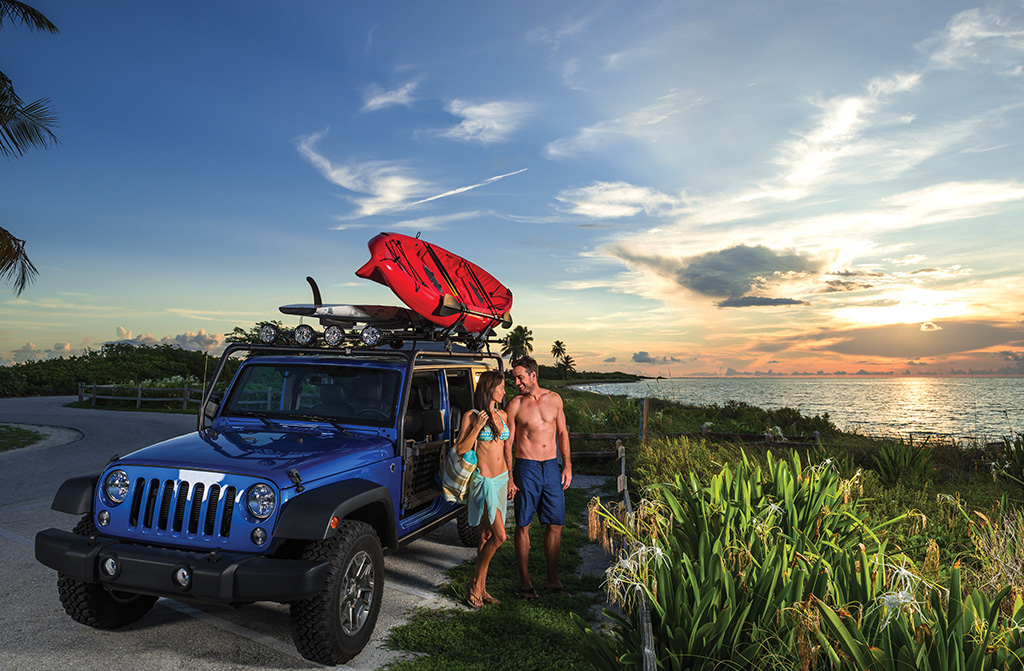
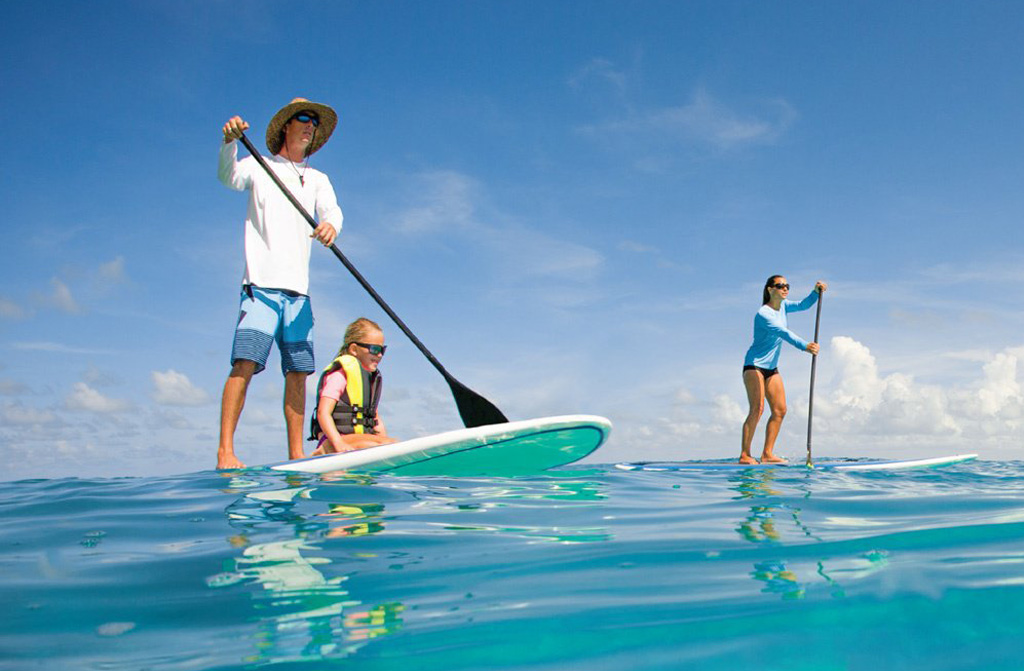
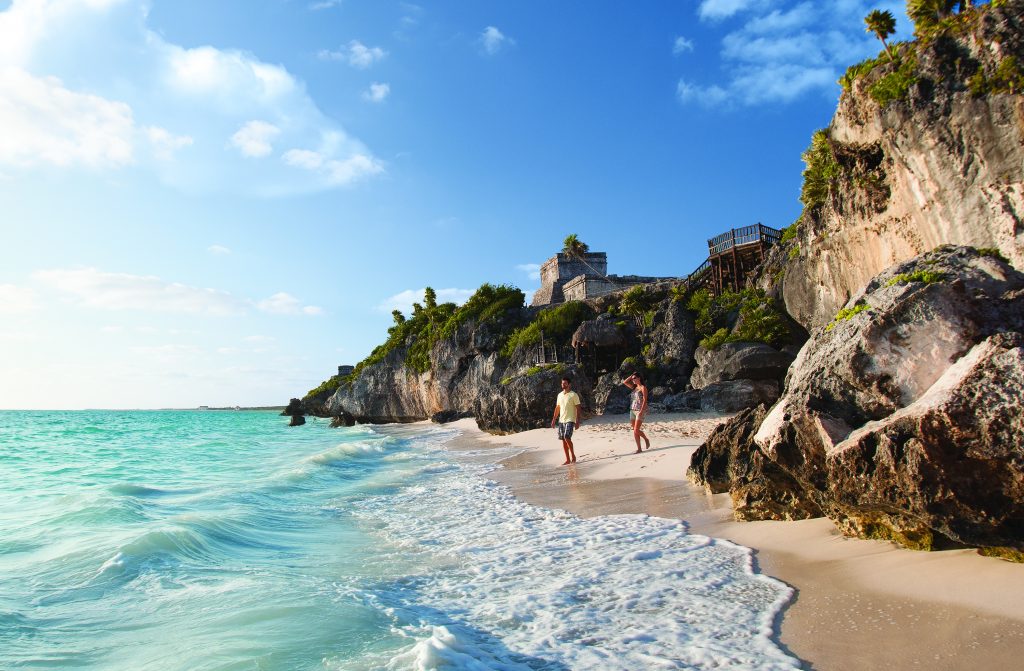
 By John Underwood
By John Underwood